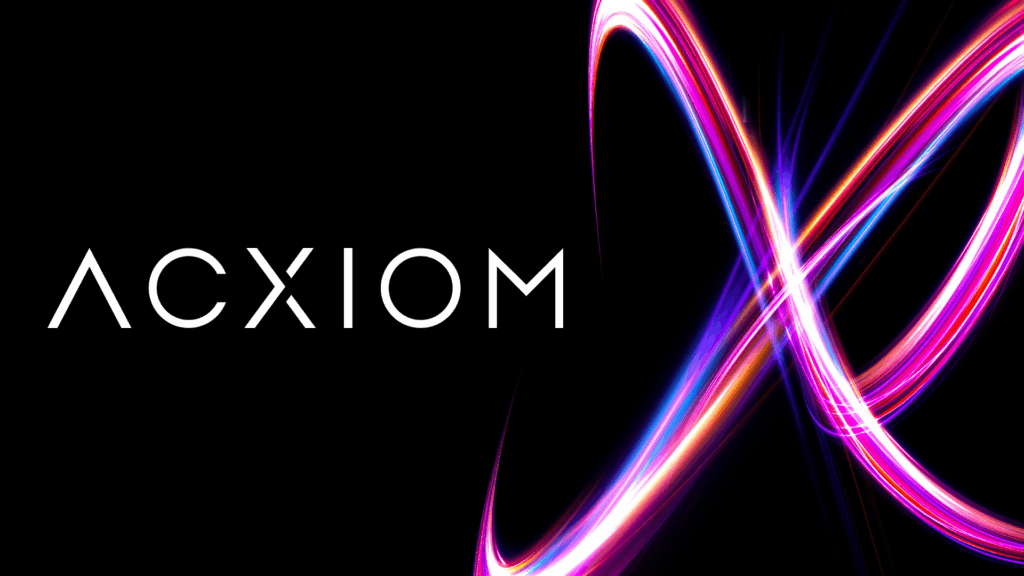Matt McLean, strategy director at Action Impact, recently wrote a whitepaper titled “What Brand Experience Agencies Do”. The paper emphasizes the need for marketers to create brand experiences instead of one-way communications or stories.
In 1960, Jerome McCarthy’s book Basic Marketing introduced the notion of the four Ps in marketing: product, price, place and promotion. McLean says that recently, promotional marketing has become dominant in advertising and marketing with brands shouting out through various means and channels to reach their consumers. Yet, consumers find marketing nothing but an intrusion. American poet, Maya Angelou, says: “I’ve learnt that people will forget what you said, people will forget what you did, but people will never forget how you made them feel.” Since brand experiences are emotional tools to influences consumers’ buying habits, brand experience agencies should understand the desires and requirements of the audience to aid the connection with them.
McLean says that the ultimate objective of a brand experience should be to create loyalty but this process requires committing to a long-term strategy, which does generate long-term results – as evidenced in a survey that shows that loyalty drives up to 70 percent of all purchase and repurchase decisions. For instance, Apple launched its first iPhone in 2007 and 82 percent of teenagers who had purchased the iPhone had previously owned an iPod.
He also mentions that consumers today expect a lot more from brands. A survey conducted on 18- to 29-year-olds who switched mobile phone carriers in the last 12 months found that the top three reasons for switching were all related to customer service. The reasons were transparency on monthly billing, effective and timely customer services and clear communication on upgrades, indicating that these consumers wanted a better brand relationship or experience.
McLean touts the Apple Store as a great brand experience with 500 million visitors annually. That’s four times more than Disney Parks’ global annual footfall. People who visit Apple’s in-store Genius bar at least once a year are three times more likely than those who don’t to buy another iPhone and two times more likely to recommend Apple to a friend. That’s probably why 62 percent of Apple’s staff work in its retail stores; personally interacting with visitors.
Global brands like Apple, Coke and Redbull, as well as local brands, such as du, have adopted the basic principles of brand experiences. Yet, McLean says there are companies that just tell a story rather than actually live the brand and create the brand experience. This, however, is changing, as shown in a September 2014 report: the revenue of brand experience companies grew by 9.6 percent, whereas storytelling companies grew by 6.1 percent. Nonetheless, in 2013, the media spend of brand experience agencies as a percentage of annual revenue was just 0.7 percent versus a whopping 2.6 percent of storytelling companies. Moreover, brand experience companies saw an annual share price growth of 12 percent, while storytelling companies’ growth was only 3.7 percent.
In order to make the transition from a brand that merely tells a story to one that creates an experience, McLean suggests following the customer decision journey, which he describes in the following eight steps:
1. Awareness. The brand should be at the top of the consumer’s mind.
2. Hype. Consumers have a fear of missing out and require social acceptance, hence creating hype around a brand will draw them to it.
3. Inclusion. The audience feels comfortable enough to interact with a brand representative.
4. Emotional bond. The audience starts to connect emotionally with the brand.
5. Understanding of the brand. The audience starts collecting detailed information about the brand/product.
6. Rational enforcement. Potential consumers make an objective and subjective evaluation of the brand, resulting in an attempt to convince themselves that they need to buy the brand/product.
7. Sales transaction. This includes the moment of commitment or point of purchase and after-sales experience.
8. Loyalty and advocacy. Consumers develop an affinity with the purchase and need to broadcast the experience.
In order to reach the last step, brand experience agencies need to understand the brand. As Jeff Bezos, CEO of Amazon, says, “Your brand is what people say about you when you’re not in the room.” For instance, riding a Harley Davidson motorcycle feels liberating, sending an important package via FedEx feels safe and experiencing Disney World feels magical. McLean insists that people make decisions based on feelings rather than logic. As humans, we retain information in four ways: auditorily, visually, tactually or kinesthetically. A great brand is one that brings together these four elements to create an experience that is truly memorable – and this is backed by science.




